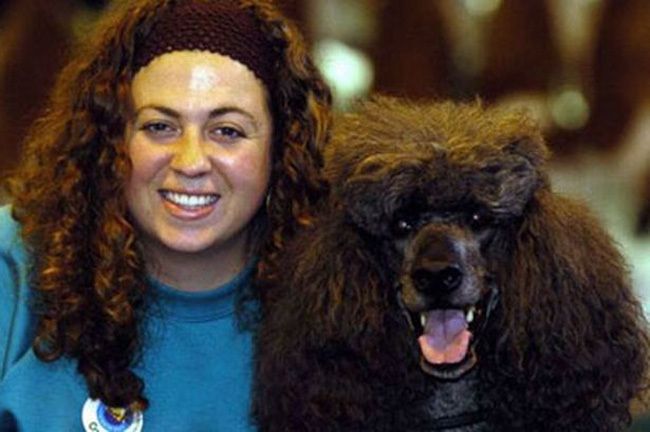People often joke about dogs who look like owners, but did you realize that science has actually found proof that this is true? A study has found that not only do we look like our pets, but because of these similarities other people can correctly guess which dogs belong to us even when they have no context other than their appearance.
How did they realize this? Scientists had a group of dog owners bring in their beloved pets to get their pictures taken. They photographed 40 owners and their 40 dogs separately on white backgrounds, so that they would all be as plain as possible.
Then, they paired up a bunch of the dogs with different owners, some of them with their actual owner, while others were randomized. They gave the sheets with the pairings to students who were asked to identify which dog-owner pairs belonged together and the results were actually crazy - especially when they added a few complications to the mix...
Presenting the sheets with the dog-owner pairs would have been too simple, so for the tests they decided to add some obstructions to see what really made it easier to identify. they had five different options.
A. Both dog and owner's faces were visible
B. Owner's eyes were covered, dog's face fully visible
C. Owner's mouth covered, dog's face fully visible
D. Dog's eyes covered, owner's face fully visible
E. Only the eyes of both visible
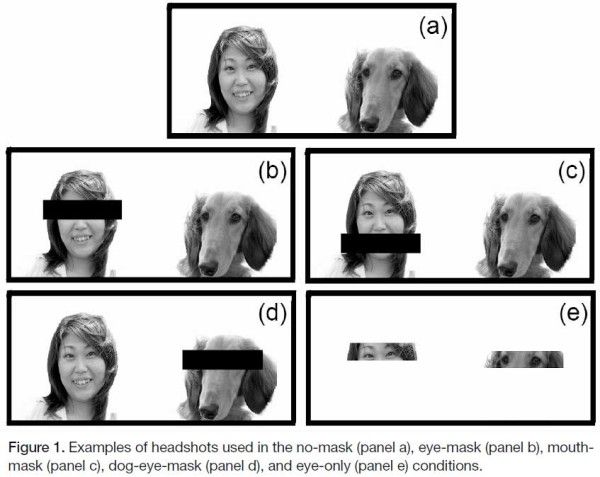
The study's participants were able to correctly identify 80% of the real pairings when they could see the whole faces (a). But what was surprising was how it was affected for the other scenarios.
When the owner's mouth was covered, 73% of participants could still correctly identify the proper pairings, but the other sets of images caused a huge drop off.
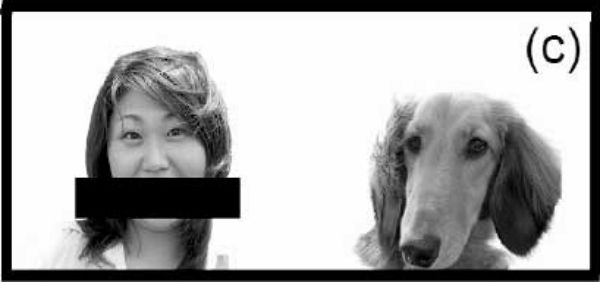
When the eyes were covered, the chances that people would correctly identify the correct pairs fell to what the research called "chance levels," meaning that the participants were just guessing.
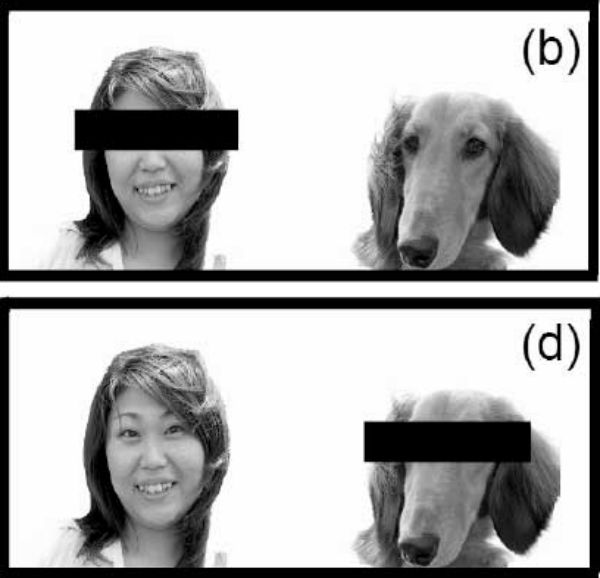
But the part that surprised the researchers the most was when the participants were shown only the eyes. With just a sliver of an image shown to participants, they were still able to identify the proper pairs at a rate of up to 76%, only 4% lower than if they saw the whole face!
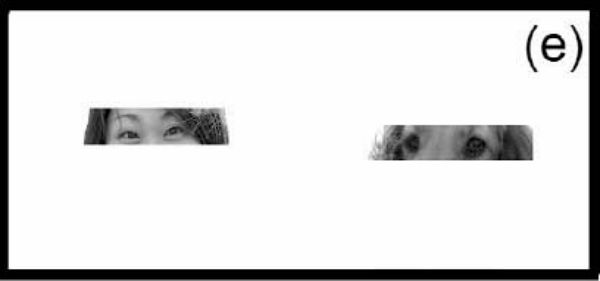
The scientists believe that there is a subconscious ability to "extract meaningful psychological cues from eyes" which can somehow let them know which ones belong together. The eye color didn't affect anything, it was all in the look! Pretty impressive that the eyes give away so much more than you would think.

